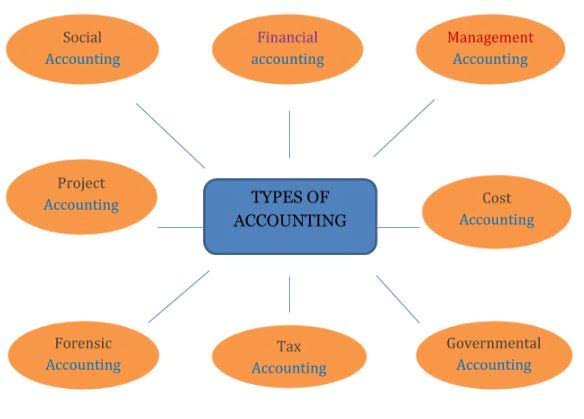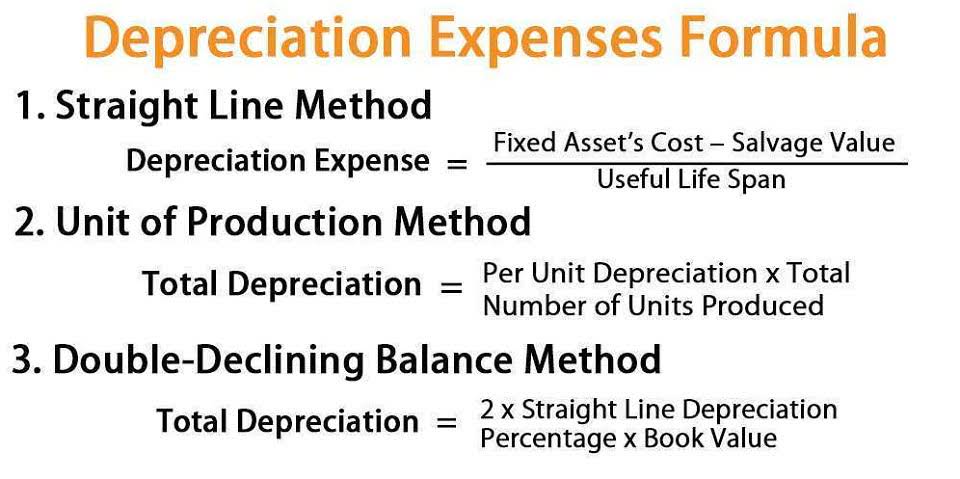ไม่มีสินค้าในตะกร้า
Bookkeeping
Essentials of Accounting in an ERP: Manufacturing Accounting 101 Blog

Each customer receives identical or similar products manufactured using identical or similar processes. Variable costs are termed as such because they vary according to the amount of goods produced. Variable costs in manufacturing go up as production increases and down as production decreases. The cost of wood, production labor, and packaging are all variable costs for toothpick production example. Wood is the raw material, but it must be received, processed, , and properly stored. Machinery is needed to convert large pieces of wood into toothpicks and add a coating to the wood.

Choosing Between an Accountant and Accounting Software: Striking the Perfect Balance

Manufacturing accountants also keep an eye on other important areas of expenditure to ensure the budget is followed throughout the financial year. Are you a business owner or AR manager responsible for handling accounts receivable? Mastering best practices and using the Insurance Accounting right tools is key to keeping your finances healthy.

Choosing the Right Manufacturing Accounting Software
This KPI determines the difference between the cost of production of a finished product and its market value. If the cost of production is lower than a product’s market value, a markup is added which makes up the factory profit. If cost of production is higher, the value will be negative, culminating in factory loss. Manufacturers use this to decide whether to manufacture a product or sub-assembly, or to procure it.
What to look for in manufacturing accounting software
These consultants typically have experience working with multiple ERP systems and can provide unbiased advice and assistance tailored specifically to manufacturing businesses. By tracking these costs accurately, manufacturers can better gauge the profitability of individual products and services. Additionally, they can adjust prices accordingly to ensure they remain competitive while remaining profitable overall. To understand why manufacturing accounting differs from other accounting forms, one must first understand how manufacturers produce their products. Most manufacturers use bills of materials (BOMs) to track the components needed for each product. Operating costs cover material and production costs (cost of goods sold or COGS) plus the costs to run the business (SG&A costs).
- Compatibility with existing management tools and databases minimizes the risk of data loss or disruption to ongoing processes.
- Many manufacturers use the ‘first-in, first-out (FIFO)’ method, where products are sold in the order they are added to inventory.
- Capturing the cost of manufactured goods requires unique considerations and methods.
- It can be more difficult to implement than standard or job costing, however, as a more detailed overview is required over the manufacturing process.
- The resulting data can then be leveraged to make informed pricing decisions, optimize production processes, and allocate resources effectively.
- This includes tracking direct costs like materials and labor and tricky indirect costs like electricity or rent, showcasing how manufacturing accounting includes accounting data on all operational expenses.
- Employing job costing enables businesses to assign costs to each production run or batch of products, facilitating a comprehensive tracking of expenditures specific to each job.
Cost Savings Through Improved Insight
By understanding the financial aspects of their production process, businesses can make more informed decisions about how best to use their resources while remaining profitable. Additionally, by keeping track of inventory levels and sales revenue from completed products, businesses can meet customer demand in the most cost-effective way possible. For example, if a purchasing manager procures wire by the foot, an inventory clerk monitors storage by the spool, and the production manager tracks usage by the inch, problems can quickly arise. Cost accounting processes might miss the different units income statement of measure, resulting in inaccurate reports, cost analyses, and forecasts. This is an area where manufacturing accounting software can ensure consistency and accuracy.
- Given that manufacturing also comes under numerous regulations and tax norms, tax accountants and the process of accounting taxes are crucial to a manufacturing firm.
- By following these best practices, manufacturers can improve their accounting processes, leading to better financial management and decision-making.
- Budgeting processes in factories and other industries rely considerably on historical data and production expenses to help managers make an informed estimate for future budgets.
- With the manufacturing accounting basics presented below, you’ll gain a high-level understanding of what goes into the manufacturing accounting process, and what’s required to get accurate, detailed results.
- Flowcharts can add efficiency to nearly any repeatable process, potentially boosting KPI metrics, increasing client satisfaction scores, and improving profitability.
- Rootstock has purpose-built features for real-time inventory management for manufacturers.
Having a shortage or excess inventory directly affects the production and profitability of your manufacturing business. Look at where the inefficiencies are in the production process and where the waste is coming from, adjusting the pricing if required. Standard costing is useful if you are making similar products or large quantities of a specific product. On your typical manufacturing balance sheet, you should have raw materials, work in process, and finished goods as part of your inventory calculation. Direct material (or raw material) inventory is a calculation of all the materials your manufacturing business is using to make your product – all the materials consumed or identified with your product.
How can Taxfyle help?
- Three-sided rectangle shape (card)The card shape signifies saving data to a memory card.
- Different production costing methods are used based on the nature of the manufacturing process.
- By accurately tracking and calculating COGM and COGS, manufacturers can better understand their production costs, optimize pricing strategies, and improve financial decision-making.
- The manufacturing process needs careful accounting to keep everything running smoothly.
- It helps if you break down product costs from all the contributing factors that play a part in the cost of the manufacturing product – not only for each item but for all the activities that add cost to the end product.
- Mattias is a content specialist with years of experience writing editorials, opinion pieces, and essays on a variety of topics.
- By understanding the financial aspects of their production process, businesses can make more informed decisions about how best to use their resources while remaining profitable.
Inventory valuation is about keeping track of the cost of materials, work in process, and finished goods, an essential process in both discrete and process manufacturing. Techniques like First In, First Out (FIFO) or Last In, First Out (LIFO) help assess the value of inventory on hand and the cost of goods sold. An accurate inventory system prevents excess inventory and helps make informed decisions about production needs.
With numerous accounting methods and costing strategies that manufacturing businesses can use, it is always important to ensure that cash flow is maintained to avoid hiccups during production. Manufacturing business owners can also consider financing options such as invoice factoring to maintain a streamlined flow of money in their operations regardless of the market outlook. The above methods will also help businesses choose what suits their operations the best, ensuring production performance is optimal and profits are commensurate with expectations. Unlike job costing, activity costing relies on identifying all the activities in a manufacturing business and proportionately assigns the cost of activities to products based on their activity consumption. Activity-based costing or ABC costing can provide a unique picture when utilized to reveal products that generate profits vis a vis those that don’t. The business can then identify activities or production manufacturing accounting process strategies that might require a revamp to ensure the profit margins are extended.

Manufacturing businesses often have high fixed costs due to their large amount of inventory and equipment investments. As such, it’s crucial for them to have accurate financial records so they can manage their risk levels appropriately and stay compliant with tax codes and regulations. Adopting real-time costing for components and finished goods provides accurate insights, improving overall manufacturing accounting.
